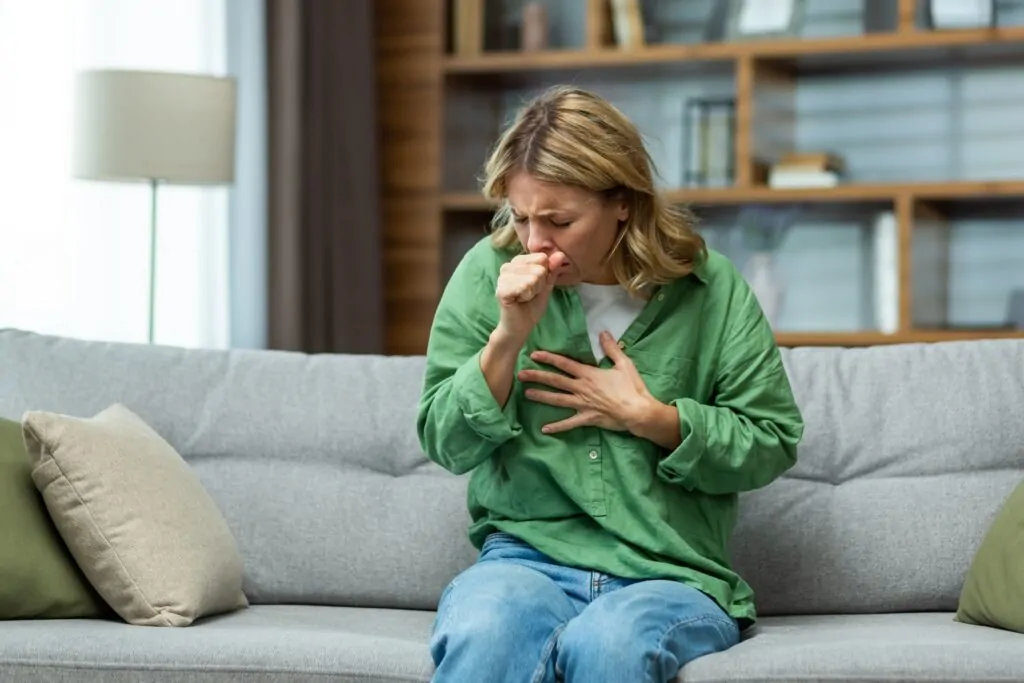The signs and effects of living in a moldy environment in the United States
Living in a mold-infested environment can have negative effects on people’s health and overall quality of life. Mold is a prevalent issue in many homes in the United States, particularly in humid regions. In this article, we will discuss the most common symptoms of mold exposure, the health effects of mold exposure, and some preventative measures against mold growth.
Symptoms associated with exposure to mold:
Mold exposure can cause respiratory symptoms such as persistent wheezing, shortness of breath, nasal congestion, frequent sneezing, and sore throat if left untreated.
Mold is a prevalent allergen that can provoke an allergic reaction in susceptible individuals. Symptoms include irritated eyes, rashes, sneezing, nasal discharge, and skin reddening.
Several studies have demonstrated a potential association between mold exposure and mental health issues, such as depression and anxiety. If you experience mood fluctuations, lack of concentration, or chronic fatigue, your environment may contain mold.

Health consequences:
Asthma and respiratory diseases: Mold exposure can induce asthma symptoms in people with asthma and increase the risk of developing asthma in previously healthy individuals. In addition, it can exacerbate other respiratory conditions like allergic rhinitis and chronic sinusitis.
Certain varieties of mold can cause severe lung infections in individuals with compromised immune systems. These infections can be challenging to treat and can have severe health repercussions.
Direct mold exposure can cause irritation, redness, stinging, and rashes on the skin.
Precautionary actions:
Mold thrives in humid environments; therefore, it is essential to keep humidity levels under control. If necessary, use dehumidifiers and ensure that moisture-prone areas such as bathrooms and kitchens have adequate ventilation.
2. Appropriate Repair and Maintenance: If you discover mold, you must address the issue promptly. To prevent mold growth, fix any leaks or moisture problems in the walls, ceilings, or pipelines.
3. Regular Cleaning: Clean and dry thoroughly moisture-prone areas like windows, restrooms, and basements. Utilize specific mold removal products and protect yourself adequately during cleaning.
Living in a mold-infested environment can have severe health consequences, including respiratory problems and severe infections. It is essential to be aware of the symptoms of mold exposure and to take precautions to prevent its presence in our homes. To maintain a mold-free environment and promote our health, it is essential to maintain adequate ventilation, regulate relative humidity, and conduct routine cleansing.
If you suspect mold, learn more about our environmental testing services: Online Shop




